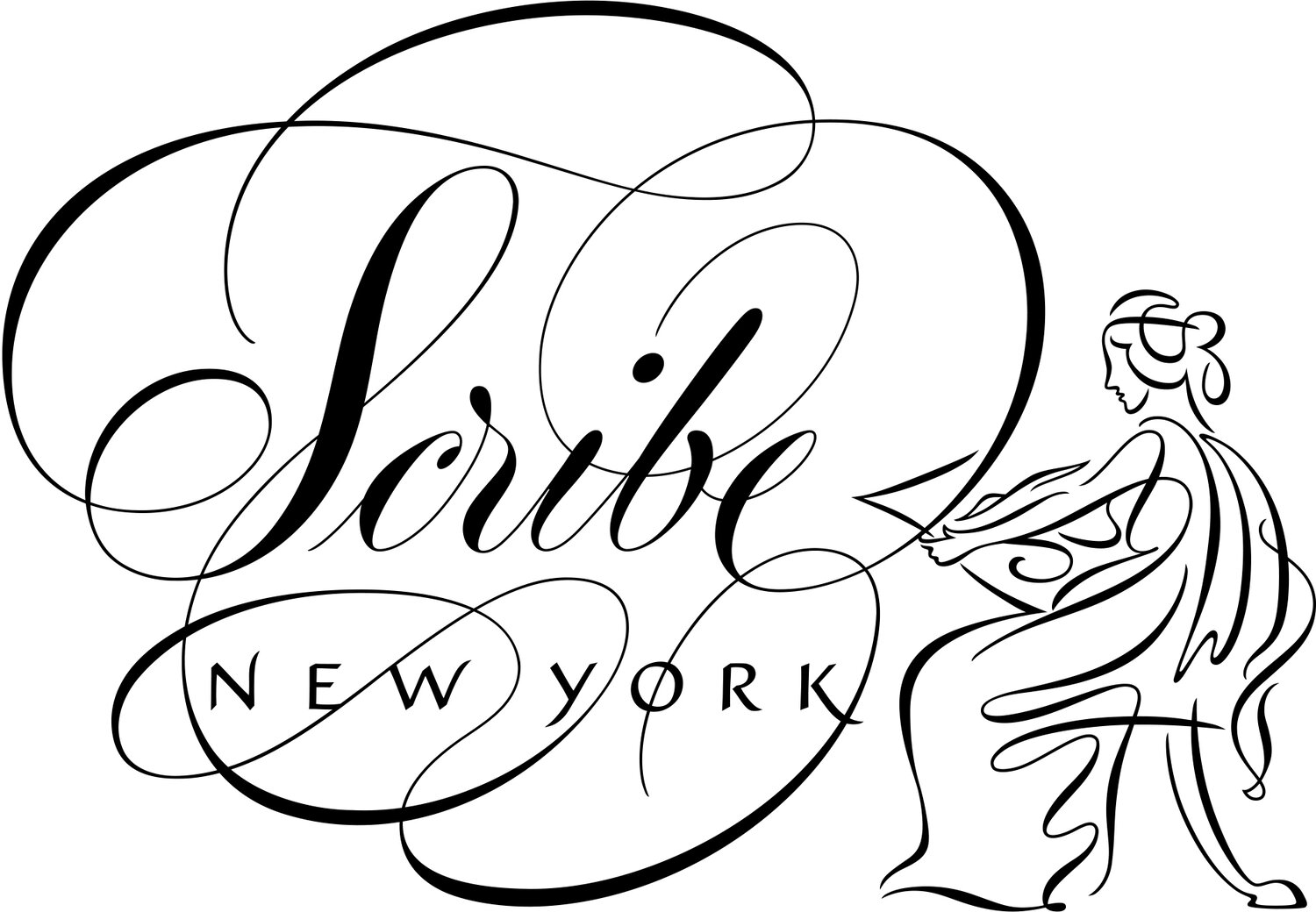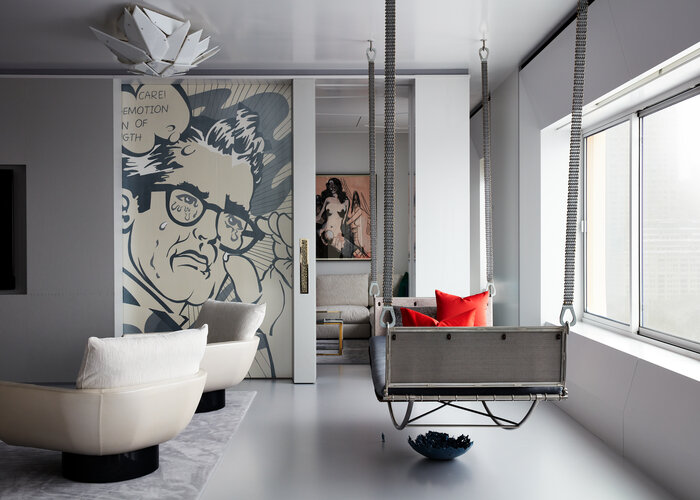Francine Monaco
City of Women Denizen: Francine Monaco
Bona Fides: Architect and interior designer, her work includes projects in the United States and Europe. She was an architect for the in-house design department of the Guggenheim Museum, she serves as a professor at Pratt Institute's Interior Design Department, was inducted into the Interior Design Hall of Fame, and established design firm D’Aquino Monaco in 1997 with Carl D’Aquino to allow and create more opportunity for the dialogue between “the container” and the “contained.”
City of Women Induction: Francine is a design alchemist. Combining her skills in architecture and interior design, she begins projects with a study of the architectural foundations; then she seeks out the inherent characteristics of the space. Once she’s uncovered the established themes, challenges, and assets, she begins the process of transforming the interiors.
RPO: Please tell us about yourself and your firm.
FM: More than 20 years ago, I established DaquinoMonaco with my business partner Carl D’Aquino, to move closer to developing the integral relationship between decorating, design and architecture. The studio embraces the reality that no one person – architect, client, or designer — is the sole driving force behind a complete work. It is the dialogue that defines the direction of the resultant force.
.RPO: What attracted you to architecture?
FM: I wanted to be an architect even before I really understood what an architect is or does. My father’s position as an engineer, along with perhaps the Brady Bunch, introduced me to the possibility. But the attention my father gave to the way all the details of our home addressed the needs in our life instilled a more intuitive sensitivity to the possibilities of how a space can impact our lives.
In architecture school I discovered the work of Carlo Scarpa, an early twentieth century Italian architect, professor, and designer whose work considered all aspects of the environments we occupy. His attention to the materials and tectonics was born from an awareness and appreciation for the artisans and craftspeople. This inspired my interest in the way we can articulate spaces at different scales: the feel of a door knob, the placement of a chair, texture and material of the walls, the feel or sound of the floor under foot…all these elements contribute to how we feel, move, and express ourselves in our environment.
RPO: Where do you find inspiration during your creative process?
FM: Anything and everything – design is an act of observation, curiosity, elaboration, and creation. As designers we are all witnesses. The behavior of my grandmother, of fashion, science fiction, anything could instigate and inspire design that in turn influences behavior.
I want to understand who people want to be and how their space can represent them, hide them or reveal them. Our role is to help make meaning for people by providing a sense of place. This is the experience of the spaces we design.
RPO: What do you consider to be the most beautiful, breathtaking architectural structure in the world? Conversely, what building/structure/landmark do you deem the ultimate eyesore?
FM: I am not very interested in isolating or celebrating a single style or object of design – the Woolworth Building or Lever House – Falling Water or Casa Gilardi – Greek Ruins or Cliff Dwellings. There are experiences that are beyond the style or aesthetics of a period of time.
The Pantheon, an intact Roman temple from 27BC that is celebrated for the span of its dome, built to honor many gods and is currently used to celebrate one Christian god is one such experience. At the center of the dome there is a single aperture which offers a moment of sunlight – poetic and symbolic of a power beyond ourselves. In its long life, the strength of this place lives within that essential idea.
Within most projects there are aspects that can never be captured in a photo. We cannot understand an idea through snapshots…over time the richness of a space unfolds.
RPO: Who else would you include in our City of Women?
FM: Thankfully I am surrounded by women who continually amaze me. I have an infatuation for people who capture me by making complex ideas simple. I still remember as a child hearing an explanation of the big bang theory described using bubble gum!
RPO: Have you experienced challenges as a woman in a field that's traditionally been dominated by men?
FM: Women will always be perceived differently than men. Perhaps what really should be asked is why we rely on assumptions or presumptions based on surface identity to judge people’s behavior.
RPO: Is good taste and sound aesthetic judgment a natural instinct in people, or can it be acquired?
FM: Did I mention, I’m a professor?
Photo by Stephen Kent Johnson, Project: Central Park South


